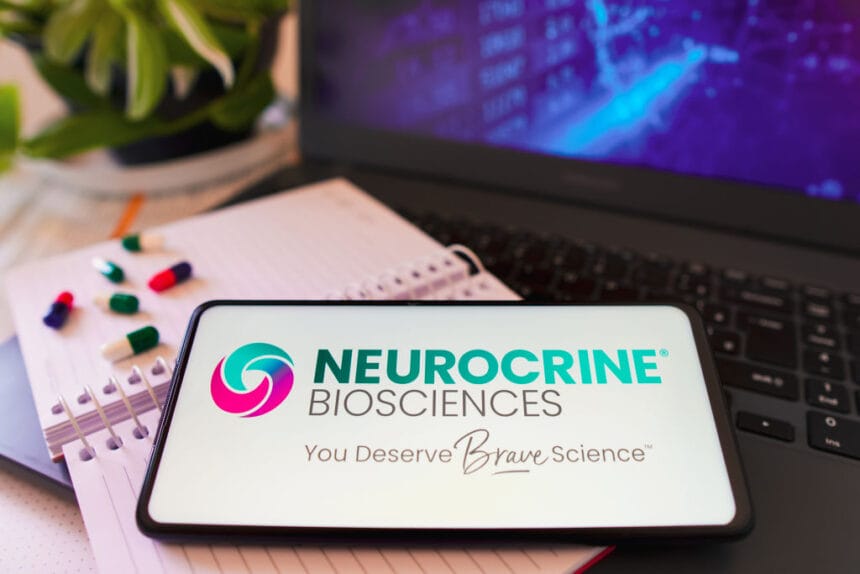For patients living with congenital adrenal hyperplasia (CAH) — a rare genetic disease marked by the inability to produce cortisol — it’s often a balancing act when it comes to treatment options along the care journey.
CAH is an endocrine disorder defined by an enzyme deficiency that diminishes the production of cortisol, an adrenal hormone. Adrenal insufficiency can result in serious adrenal crises or androgen excess.
The disorder affects up to 25,000 people in the U.S. — many of whom struggle with a sense of isolation and search for community with others who face the disease.
In a bid to educate patients, caregivers and healthcare providers, Neurocrine Biosciences launched its What the C@H?! Campaign to underscore the trials of the disorder.
“What the C@H?! is an educational effort that’s designed to reach out to all the stakeholders in the community — the patients themselves, the parents, family members and friends, as well as endocrinologists and other HCPs that care for these individuals, to help them better understand some of the pathophysiology of this disease,” Eric Benevich, chief commercial officer at Neurocrine Biosciences, told MM+M.
Neurocrine conducted interviews with some 63 CAH patients and 124 HCPs to help inform the initiative and its accompanying website.
Treatment for the disease, which is typically diagnosed shortly after birth, involves taking hormone replacement medication like hydrocortisone for life.
It’s a particularly challenging condition to manage, especially as a physician, Benevich noted.
“It’s always sort of a balancing act between if you are under-treating someone [and over-treating],” Benevich explained. “If [a patient’s] doses of glucocorticoids are relatively low, they may be over producing the androgens – and the overproduction of the androgens has a number of negative health consequences.”
However, if a patient’s glucocorticoid dosage is high enough to suppress the androgen overproduction, then there is the risk of chronic high-dose steroid exposure, he added.
As a result, many patients are often in a balancing act of going between low steroid exposure to “uncomfortably” high doses of steroids, Benevich said.
To provide meaningful resources to this community, What the C@H?! campaign has two separate websites: one dedicated to the patient community and one specific to HCPs.
The latter one is designed to help them find the right balance for their patients and is especially important for some endocrinologists who may not be as familiar as others in making trade-off decisions, Benevich explained.
“What we have on the HCP website is a lot more technical in terms of understanding the pathophysiology of the disease,” he said. “For physicians that are not as confident or as well-versed, there is a wealth of resources there for them to learn more about CAH.”
The patient website, meanwhile, is designed to allow patients to share their own experiences with the disease — and targets newly diagnosed families who are hungry for information. Patients can also submit their own stories and vent their frustrations about the disease.
The name of the campaign itself is a tongue-in-cheek way of connecting with the frustration and challenges that many of these individuals experience over the course of their lives.
“Like trying to strike that balancing act, having to explain the nature of their illness to others, and what they might need help with,” he said.
Perhaps most frustrating for this patient population is that there hasn’t been much innovation in the CAH treatment space for about 70 years, ever since hydrocortisone became available.
Neurocrine is in the process of advancing its own CAH treatment, crinecerfont, which won breakthrough therapy designation from the Food and Drug Administration in December.
To continue the momentum behind its treatment, Neurocrine set up an educational booth at the Pediatric Endocrinology Society conference this past weekend to talk to doctors about the campaign.
“If they want to sign up to learn more and to receive more information, they can do that at the booth,” Benevich said. “That is the ultimate feedback loop — when you’re meeting with someone and walking them through the material, navigating the website.”







